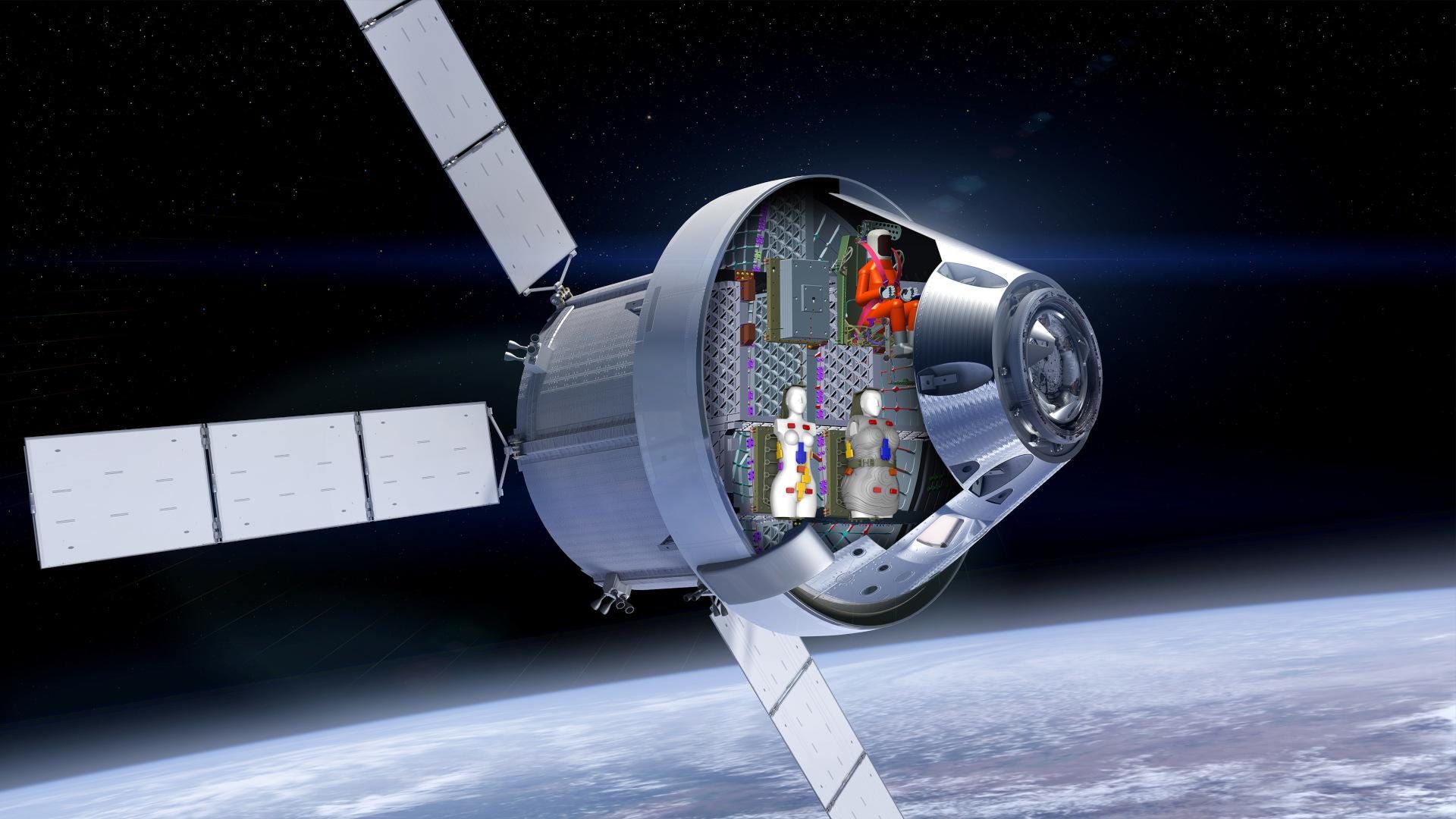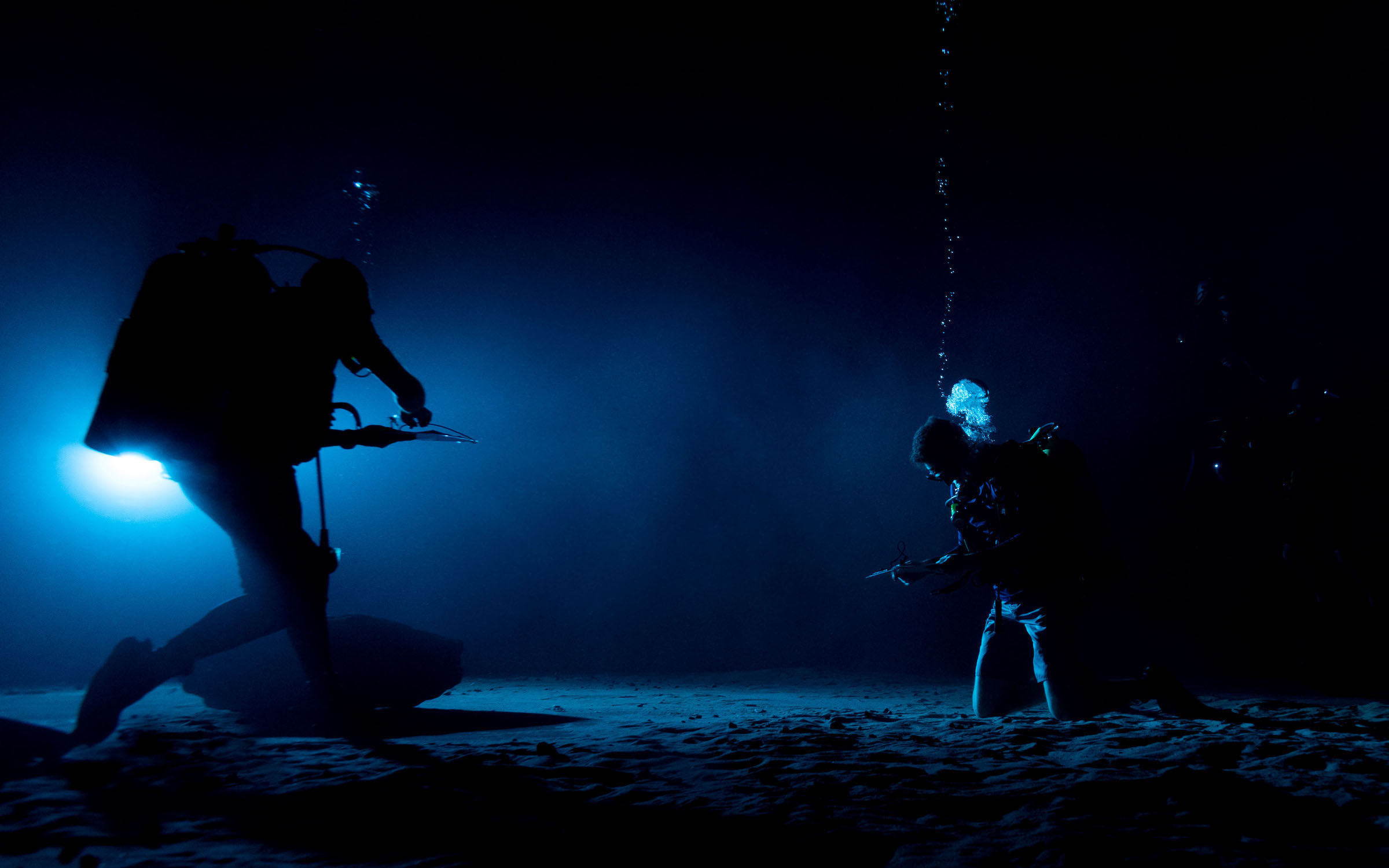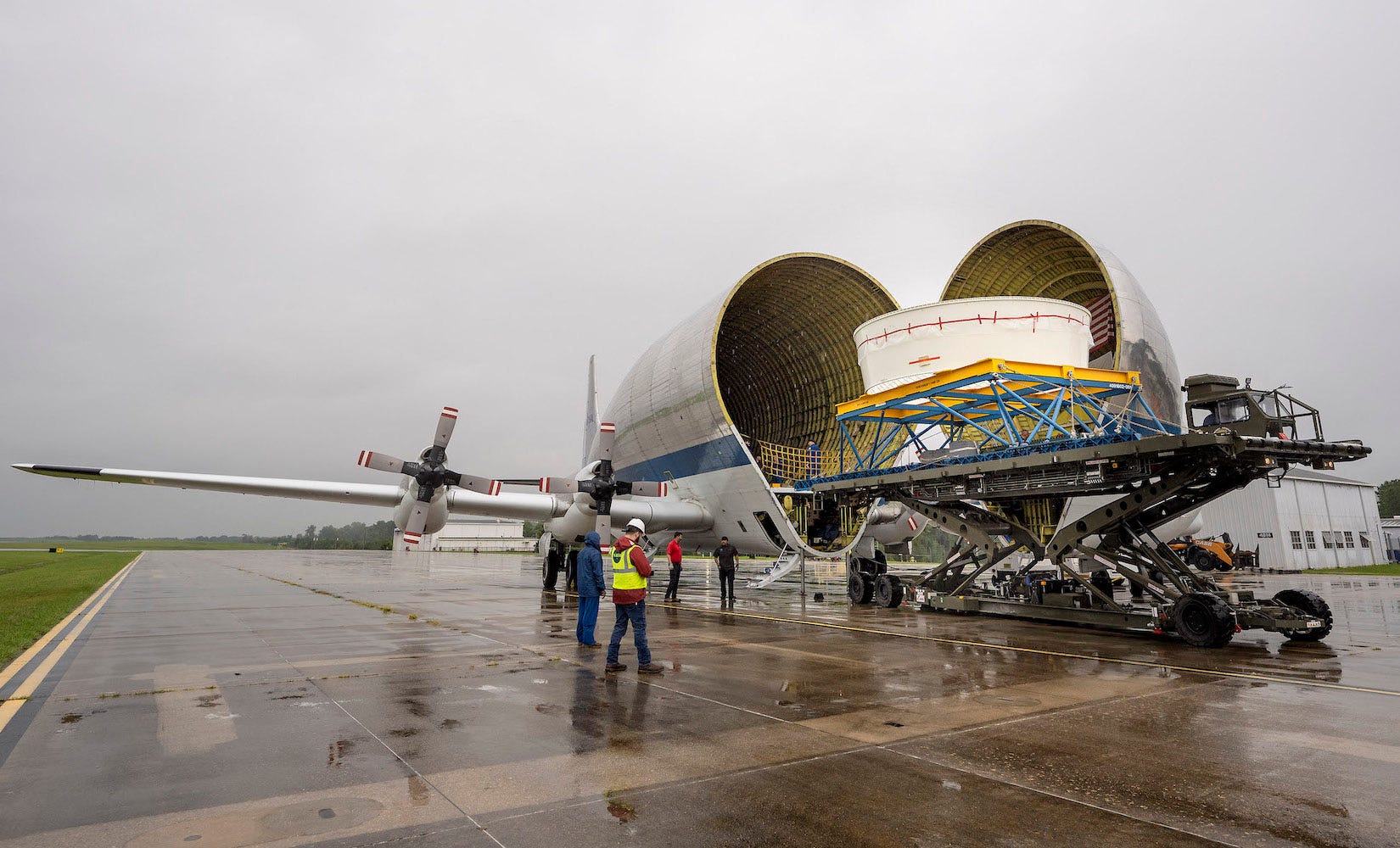Moon Monday #90: An armada of radiation detectors, preparing for dark Moonwalks, and more lunar updates
Today marks 75 years of India’s independence from colonial rule. Just as my country has since been contributing to and learning from the world via our existence as Earth’s largest democracy, I hope our growing Chandrayaan ambitions and resurgence in collaborative planetary science efforts will play an important and necessary role in shaping global polices over decades for sustainable, cooperative and peaceful Moon exploration as humanity makes its first attempt at long-term lunar living.
The Artemis I mission will study deep space radiation like no other
As NASA targets launch of the SLS rocket on August 29 for the Artemis I mission to send an uncrewed Orion spacecraft around the Moon and back, teams installed two dummies inside Orion last week, provided by the German space agency led MARE experiment. These anatomically accurate analogues of adult female torsos, the same kind used in hospitals to quantify correct radiation dosage for cancer therapies, will measure for the first time the effects of deep space solar and galactic cosmic radiation on the female body. Because women have a higher cancer risk than men on average, the experiment will help develop adequate protective measures for future female crews on Moon missions.
One of the dummies, named Helga, will fly unprotected while the other, Zohar, will wear a newly developed Israel-provided radiation protection vest called AstroRad. Combined, both torsos have more than 10,000 passive crystal sensors and 34 active radiation detectors embedded inside them to measure radiation exposure throughout the mission, all the way until Orion splashes down on Earth. NASA, DLR and partners will compare datasets from Helga and Zohar to best protect astronauts on Artemis II, the first crewed flight under the campaign. Related: A neat post on solving some developmental challenges faced by the experiment because of the potentially long wait times of the SLS rocket on the launchpad.

Artemis I is carrying many more radiation experiments, including five ESA-provided active dosimeters, four NASA-funded biological investigations, Japan’s miniature active dosimeter on the OMOTENASHI semi-soft lander, and an active radiation warning system within Orion called HERA which will notify crew to take shelter on detecting highly energetic solar flare events.
From August 4 through 7 in 1972, the Sun blurted several bursts of flares between the Apollo 16 and 17 missions. Had the astronauts been in lunar orbit or on the surface, they could’ve faced damaging levels of radiation. So one nice thing about Orion is that it’s designed to protect astronauts from such energetic particles that reach the Earth-Moon space in a matter of hours.
After the SLS rocket launches for Artemis I, the second stage will fire its engine to push the connected Orion spacecraft out of Earth orbit and on a trajectory to the Moon. It’ll then separate from Orion, and deploy 10 CubeSats on independent scientific missions, two of which will collect substantial radiation data in deep space.
- BioSentinel will measure the impact of space radiation on yeast over six months from solar orbit. The researchers chose yeast because their cells and human cells have many similar DNA damage and repair mechanisms. Terrestrial facilities can’t fully simulate the unique radiation environment of deep space so this study will provide us new insights on its effects on biological life as NASA seeks to establish long-term presence on the Moon.
- The Japanese spacecraft EQUULEUS will fly to the Earth-Moon Lagrangian Point L2—where the Earth’s and Moon’s gravitational pulls roughly balance—to study Earth’s plasmasphere. It will also measure meteor impact flashes and the dust environment around the Moon, providing additional insights for the safety of future astronauts.
An armada of international radiation-measuring instruments on the upcoming NASA-led international Gateway lunar station will continue and advance this extensive research kicked off by Artemis I. NASA and ESA will use these comprehensive datasets to best protect astronauts on longer and sustained future crewed Moon missions.
Thanks to Epsilon3 for sponsoring this week’s Moon Monday.
Thanks also to Jason Davis for supporting my independent writing.
I’m looking for a sponsor to enable me to attend the revered IAC 2022 space conference in Paris next month. In return, you’ll be gratefully credited for the same in my article uniquely covering Moon-related things at the conference. Additionally, you will receive all the benefits of a Moon Monday sponsor for three months. Please email me if your organization or company would like to fund my first international conference visit ever.
U.S. President passes the first NASA authorization act in half a decade
On August 9, U.S. President Biden signed into law the CHIPS and Science Act. While the bill is primarily intended to support domestic manufacturing of semiconductors, it includes formal authorization of NASA’s lunar exploration efforts under Artemis.
The bill, while not providing any funding, directs NASA to establish a “Moon to Mars Program Office” as well as appoint an Artemis Director within it. Recall that the Aerospace Safety Advisory Panel (ASAP), a committee that reports to NASA and the U.S. Congress, noted in its 2021 annual report that Artemis isn’t actually a single program but a collection of many related programs none of which answer to a common program manager or board. From the report:
There is no clearly defined leader of the enterprise, transparently endowed with the ultimate authority, responsibility, and accountability to direct all Artemis-related programs and ensure full synchronization and integration of effort.
The bill therefore attempts to resolve the same. While NASA leadership had then disagreed by calling Artemis a campaign of lunar exploration efforts, and not a defined program, they intended to establish an “Artemis campaign development division” to run and provide centralized oversight over all Artemis missions, each with a manager.
Back to the NASA authorization bill; it also directs NASA to launch the SLS rocket annually after Artemis II, the first crewed launch currently targeting launch in 2024. NASA is also directed to ready the SLS rocket’s more powerful Block 1B variant for the Artemis IV launch in 2027 while asking it provide a report on the status of the troublesome development of said rocket’s Mobile Launcher 2.
Preparing to train astronauts for dark Moonwalks
To train upcoming Artemis astronauts for moonwalking under challenging dark conditions caused by the forever near-horizon Sun and rocky terrain on the Moon’s poles, NASA’s Neutral Buoyancy Laboratory has been setup to mimic lunar polar lighting at the bottom of their 12-meter deep pool. They do so by turning off all facility lights, installing black curtains on the pool walls to minimize reflections, and using a powerful underwater cinematic lamp.

Recall that NASA wants Artemis astronauts to venture inside permanently shadowed regions, where temperatures are well below -180 degrees Celsius, which is why one of the core requirements of the upcoming new spacesuits is to let astronauts explore such regions nominally for at least two hours. Here’s an illustrative excerpt from Alexandra Witze’s nice overview of the Artemis campaign:
NASA is designing Artemis spacesuits that can withstand the huge temperature swings experienced from light to dark and back again. Cameras will need to have a high dynamic range, functioning equally well in deep shadow and bright sunlight. And even getting around on the surface will be challenging. “It will be a disorienting environment in which to operate,” says Jose Hurtado, a planetary geologist at the University of Texas in El Paso, who helps to train NASA astronauts. “You can imagine walking around at night with nothing but a flashlight.”
Artemis astronauts will train in field geology at night in rugged landscapes on Earth to prepare for the conditions that they might encounter on the Moon. Using artificial lighting, laser ranging, map displays or other technical aids could help them to get around more smoothly, says Carolyn van der Bogert, a planetary geologist at the University of Münster in Germany, who has analysed astronaut landing sites. “That’s going to be an improvement over what the Apollo astronauts had.”
Relatedly, I got inspired to write a little verse:
On the Moon,
from where the Sun doesn't shine,
a new era will dawn.
More Moon
On August 10, a Super Guppy large-cargo-hauling airplane delivered the testing structure of the SLS rocket’s Orion stage adapter (OSA) to Huntsville, whose flight version connects the rocket’s second stage to the Orion spacecraft.

The Orion Stage Adapter test structure is unloaded from Super Guppy at Huntsville, Alabama. Credits: NASA / Charles Beason Lunar Zebro from the Delft University of Technology is a neat micro-rover with C-shaped wheels. Its team is targeting the first demonstration with a single rover on the Moon in 2023 on an unrevealed lander, with follow-up missions touting Zebro swarms that can risk exploring challenging terrain due to available redundancy.
For its eighth BIG Idea Challenge, NASA is asking university students to build and demonstrate concept designs for any major part of a metal production pipeline on the Moon—from efficiently extracting metals from lunar minerals such as ilmenite and anorthite to making additively manufactured infrastructure such as pipes, power cables, transport rails, and more.
Since India’s Chandrayaan 2 lunar orbiter is nominally functioning, and expected to do so until at least 2027, the orbiter on the Chandrayaan 3 lunar landing mission won’t have any Moon-studying instruments. The orbiter’s sole purpose is to propel the lander to the Moon and relay communications during and after landing. However, ISRO revealed at COSPAR 2022 that the orbiter will host the SHAPE experiment, which is a near-infrared spectro-polarimeter made to observe the full Earth disc from the Moon to get a sense of what signatures of habitable Earth-like exoplanets would look like. This isn’t the first instance of an Indian mission leveraging the lunar vantage point for non-lunar science; the Chandrayaan 2 orbiter is also a Sun watcher.
→ Browse the Blog | About | Donate ♡
